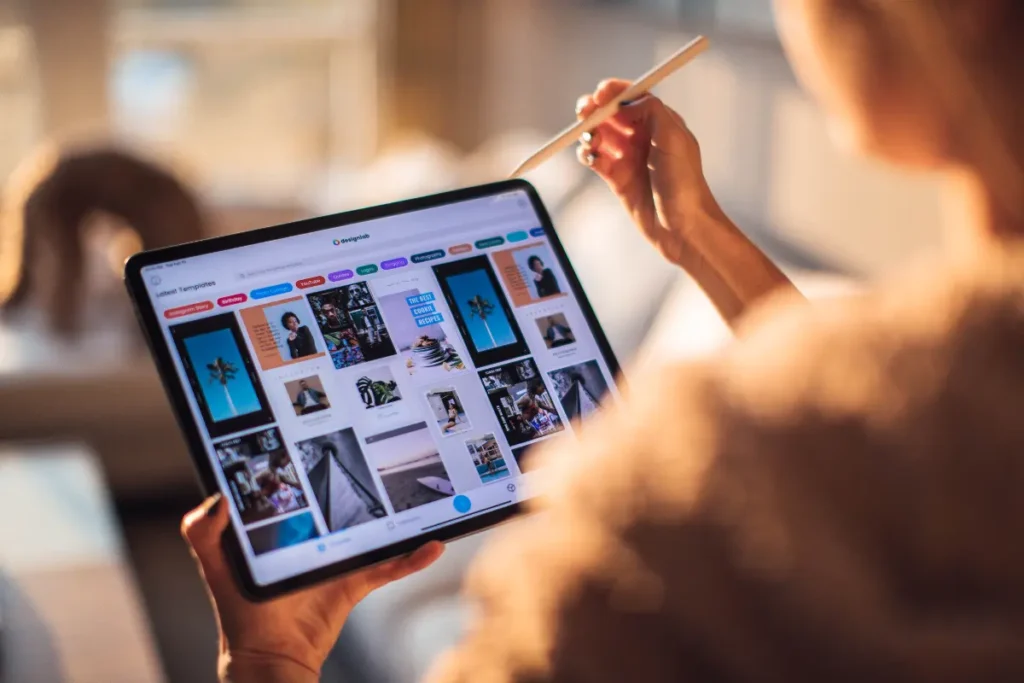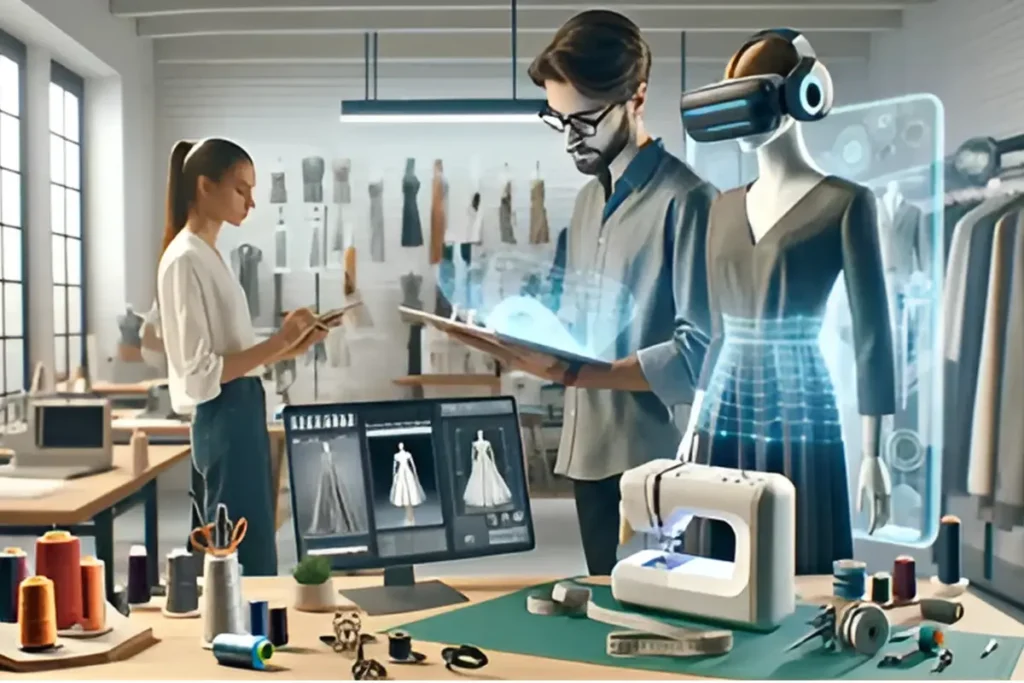Image generation has advanced significantly just as its restrictions have eased. With the most powerful models becoming more accessible, refined, and less constrained, will the fashion industry soon be ready to take action?
Key Takeaways:
- OpenAI’s latest image generation model has ignited a surge of viral content, with social media flooded by AI-generated images replicating popular animation styles, particularly those reminiscent of Studio Ghibli. The model’s accessibility and high-quality output have propelled AI art further into the mainstream.
- This advancement raises copyright concerns, as the model can accurately replicate brand names and celebrity likenesses, allowing for the creation of hyper-realistic yet potentially unauthorized fashion campaigns and scenarios—posing risks to brand control and reputation.
- While AI tools empower designers and marketers by streamlining prototyping and visualization, they also threaten brand authenticity. The mass production of brand-inspired content could desensitize consumers and dilute the value of original aesthetics.

The fusion of AI and fashion has reached a turning point, driven by the virality of dreamlike renderings flooding social feeds. The latest technology from OpenAI, integrated into ChatGPT, DALL-E, and Sora, has made it easier than ever to generate hyper-realistic visuals, blurring the lines between innovation and imitation. Inspired by Studio Ghibli’s enchanting anime style and reminiscent of films like Spirited Away and My Neighbour Totoro, users have eagerly jumped on the bandwagon, experimenting with nostalgic and recognisable stylisations. Even beyond Japanese animation, AI-generated versions of Grand Theft Auto, Claymation, Muppets, and memes have captivated audiences.
However, as someone deeply immersed in the intersection of fashion, technology, and creative integrity, I’ve observed how the blurriness of these legal battles could reshape brand identity and even threaten authenticity in an industry that thrives on artistry and expression. The rapid advancements in AI-driven diffusion models signal both opportunity and risk, making this an uncertain grey area that demands urgent safeguards.
The Ethical Crossroads of AI in Fashion and Art

AI’s Impact on Fashion and Artistic Expression

The rise of AI, image generators, OpenAI, ChatGPT, Sora, and DALL-E is reshaping the fashion and art industries, pushing the boundaries of technology, diffusion, advancements, and transformation. With the ability to render high-fidelity, photo-realistic, and uncanny visuals, AI now allows companies, corporations, and developers to generate synthetic media, concept art, digital fashion, and campaign visuals that replicate existing artistry, design, silhouette, and materials with unprecedented accuracy. This technological leap brings both opportunities and challenges for brands navigating the fine line between originality, intellectual property protection, and consumer AI-driven commerce.
The Growing Concerns of Copyright and Intellectual Property
As AI-generated fashion content becomes increasingly accessible on platforms and services, concerns about copyright, infringement, ownership, and legal battles are growing. The replication, imitation, and derivative creation of luxury and high-fashion products threaten the industry’s ability to safeguard brand identity, exclusivity, and commercial viability. The rapid expansion of dupe culture, counterfeiting, copycats, replicas, knock-offs, and dilution on social media is eroding traditional fashion law and copyright law frameworks, making it difficult for brands to retain consumer trust, authenticity, and value in a saturated market. This market disruption raises urgent philosophical and existential questions about the future of branding, artistic capability, and originality.
AI-Generated Content and the Risk to Brand Authority
The impact of AI on retail, couture, and luxury fashion is undeniable, especially as digital fashion, remix culture, and high-fashion AI collaborations gain traction. AI’s ability to create viral synthetic media and concept art presents both an opportunity for marketing, branding, and campaign strategy and a significant reputational risk for companies. If corporations and fashion houses fail to regulate how their logos, products, and designs are used in AI-generated pitch visuals, industry discussions, and consumer engagement, they risk losing control over their brand authority and consumer perception. The industry must rethink its policy, framework, and regulations to prevent AI exploitation, commercialisation, and oversaturation that could ultimately devalue luxury fashion and artistic exclusivity.
Balancing Innovation and Ethical Boundaries

Having worked extensively with branding, campaign visuals, and high-end creative marketing, I have seen how AI can both empower designers and threaten industry standards. While AI-driven innovation, artistic integrity, and digital evolution offer unprecedented creative expression and accessibility, the ability to mimic and replicate high-fashion aesthetics at scale risks diminishing the very essence of scarcity, craftsmanship, and exclusivity that define high fashion and luxury retail. The industry is at a critical juncture, where striking a balance between AI-enabled creativity and ethical fashion law enforcement will determine the future of fashion in the AI era.
Conclusion
The rise of AI image generators and synthetic media is reshaping fashion, offering creative accessibility and digital innovation while challenging intellectual property, brand authenticity, and industry ethics. As copyright laws and regulations struggle to keep pace, fashion houses must safeguard brand identity and prevent exploitation. The future of fashion will depend on balancing technological advancements, artistic integrity, and legal protections to ensure AI enhances rather than replaces human creativity.

